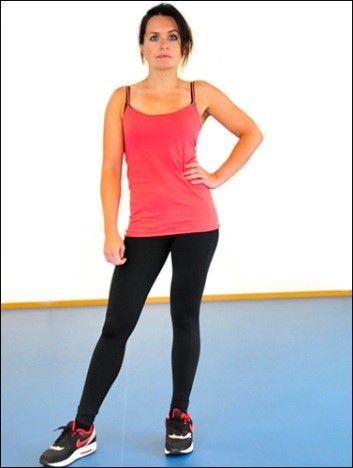A dancer’s hip is required to go through extreme ranges of motion. In order to achieve this, the hip must have adequate strength and control to allow these positions without discomfort or injury. Furthermore, these positions are expected from a very young age before the dancer is developmentally mature. Without the sufficient control around the hip joint, a young dancer is more at risk of injury later in life.

Here are some commonly seen hip injuries:
-
Snapping Hip
This condition is very commonly seen in dancers and is often caused by tightness in the gluteal (bottom) muscles. Dancers often describe it as a moving or popping sensation in the hip. However, this sensation is in fact one of the hip tendons shifting over the joint. In the early stages it is usually described as more irritating than painful however, if left untreated, it may become sore. Risk factors for developing this injury include reduced turnout, decreased single leg balance and decreased core or pelvic control.

2. Anterior Impingement
The sustained and frequent extreme hip positions required in dance can lead to a compression within the hip joint. This is known as anterior hip impingement and is usually described as a sharp pain at the front of the hip. If left untreated, the inflammation around the hip joint worsens which leads to a further increase in pain. Risk factors for developing anterior hip impingement include decreased stability around the hip and a lack of control of leg movements.

3. Bursitis
Bursitis is a very common hip condition seen in our clinic. The bursa are small fluid filled sacks which reduce friction between tendons and the joints all over the body. Poor strength, control or biomechanics around a joint can lead to an “overload” of the bursa, causing it to inflame and become painful. With hip bursitis, dancers often describe a pain on the outside aspect of the hip. It is really important to address standing and dancing postures in order to reduce strain on the bursa.

Incorrect Posture

Correct Posture
As always, prevention is better than cure. If you feel like you may be developing one of the above hip conditions, give Physionorth a call on 4724 0768.
– Nicole Cochrane, Physiotherapist
If you would like to make an appointment with Nicole, give one of our friendly staff a call on 4724 0768 or follow the link to book online. https://physionorth.bookings.pracsuite.com

